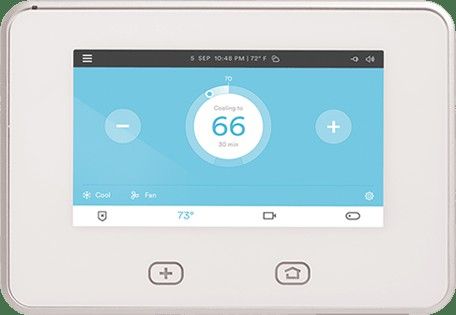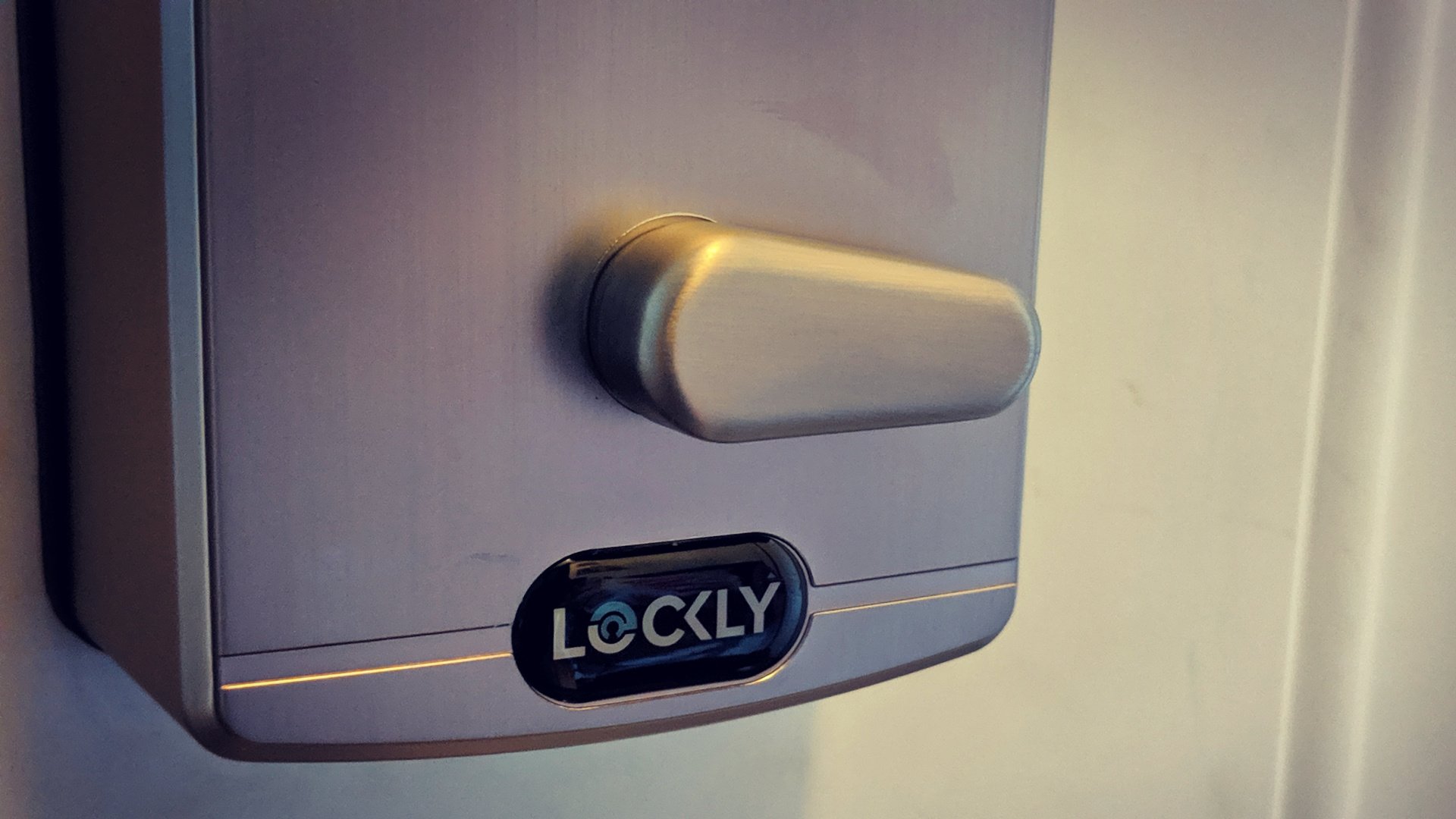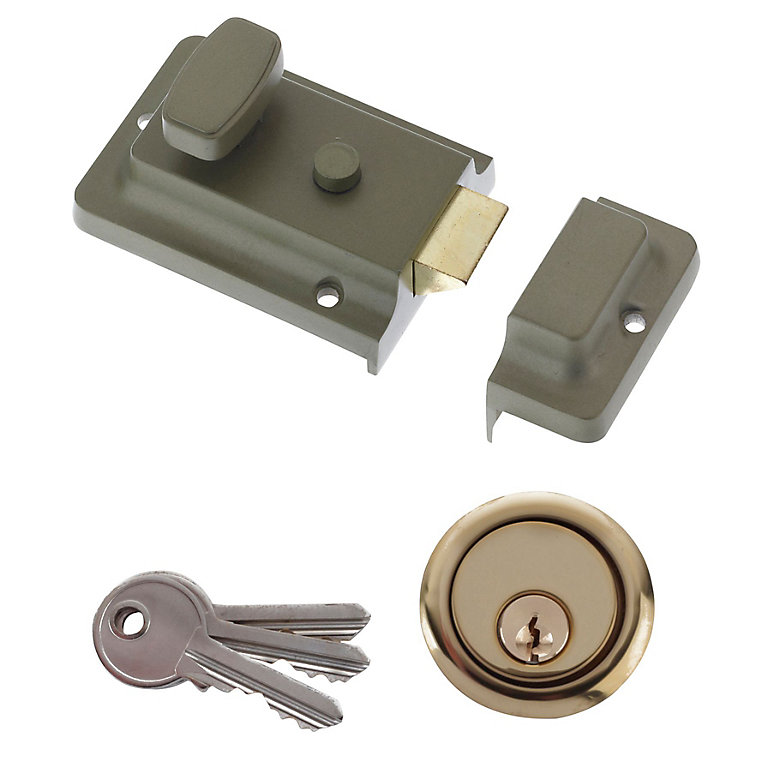
If you want to protect your home but aren't interested in paying monthly fees for a professional security system, a DIY security camera system may be the right choice for you. These DIY security systems for your home are easy to set up and can be customized to meet your individual needs.
Outdoor cameras. If you have an outdoor area you want to monitor such as a patio, yard or garden, you can use a security camera. They come with motion detectors that start video recording. They're easy to set up and use. The wide field of view makes it easy to cover large areas.
Pan/Tilt. This is a key feature for anyone with multiple properties to monitor or who needs to cover a wide area. Most pan/tilt models have a motorized lens, which makes it possible to move them in a way that matches the angle of your view.
Web client. Most cameras are accessed using mobile apps. It's useful if the camera also has a web interface. This way, you can access your camera from any device, ensuring that you always have access to your live feed and alerts.

Battery backup: If you have to leave your house for a period of time, battery backup is a key feature that can save your camera from going dark. This is useful in case a power outage occurs, as burglars often cut electricity before they break in.
Two-way talking: Most cameras are equipped with speakers and microphones. You can use this feature to communicate with people you are watching. This feature can be especially useful if you have small children or pets, since you can check in on them without leaving the comfort of your own home.
Smart features: Most mass-produced security cameras have the ability to connect to your home network and notify you of unauthorized activity, such as when doors are opened or windows are smashed. Some can even activate a security system alarm when there is an issue.
Wireless alarms: Some security systems can be connected to smoke and carbon monoxide detectors, which will notify you when a dangerous situation is taking place. These devices can be installed as part of your DIY security camera system or can be purchased separately if you already have a home alarm system.
Remote control: Some security cameras have an app on your phone that allows you remotely to operate and adjust the camera. The app should have a user-friendly interface so that it can be controlled from anywhere.

Customization - The app should give you the option to customize notifications, adjust sound and motion detection, and define detection areas. You can create a scheduled alert to send photos and notifications when certain events occur.
Best cameras: The top security cameras in the market include cutting-edge technologies and a variety of features. They include night vision, motion detection, and other features.
It is essential to have a good security camera for your DIY home security system. This will help you detect any intruders, and ensure that your property is safe. They also come with a number of useful features, including night vision, audio recording, and remote-controlled lights.
FAQ
Are motion sensors capable of triggering alarms?
These motion sensor alarms have been around for decades and have gained popularity because of the increasing number of thefts and break-ins. These devices are expensive and don't work well in cabinets. However, if you want to protect your home from intruders, then a motion sensor alarm system is definitely worth considering.
Which one is better: home security camera or home security system?
Home security systems are more effective than home security cameras because they can detect sounds and movement, even if no one is present in the room where the system is installed. On the other side, home security cameras are much cheaper than home alarm systems and can be easily mounted to windows and doors.
What is the best home surveillance camera?
You should invest in a home security system that includes cameras to protect your family and property from potential criminals. These systems are simple to set up and can provide many benefits to both renters and homeowners. They also allow you to monitor your property remotely through your smartphone, tablet, computer, or other mobile device.
Statistics
- Depending on your insurance, 24/7 professional monitoring may qualify you for as much as 15% off your premium. (safewise.com)
- (In my experience, the discount on my home insurance covered about 25 percent of the subscription of an average plan, but your mileage may vary depending on your location and the size of your home.) (theverge.com)
- Related questionsHome security systems that are 100% DIY (safewise.com)
- That's probably why Cove has a whopping 98%* customer retention rate. (safewise.com)
External Links
How To
How to Install A Home Security System
A home security camera is a device that monitors your house and alerts you when there's activity. It could be motion sensors, doorbell cameras, smoke detectors or burglar alarms. A home security package usually includes one or more sensors (e.g. a motion detector), which send signals whenever they detect sound or movement. The signals are then sent out to a control board where they can monitored and recorded. If there's something wrong, like someone breaking into your house, the control panel sends out an alert to your phone, tablet, computer, or voice assistant. You will be notified immediately and you can take immediate action.
It is important to choose the right type and size of sensors to fit your home before installing a security system. There are two main types: passive and active sensors. Passive sensors don’t need batteries. Instead, they simply pick up sounds or vibrations from the environment. They include doorbells, sirens and buzzers. Active sensors transmit data using electricity. Some examples of this kind of sensor are cameras and motion sensors.
There are many brands of sensors today. Each brand has its pros and cons. Some sensors are weatherproof and others aren't. Some of them have built in speakers so that you can still hear them from outside. Others only work inside. Some are basic while others offer advanced features, such as night vision.
After deciding on the best type of sensors for your property, you'll want to choose a manufacturer. This will ensure that your sensors are compatible. You will find many options in your local hardware store.
After choosing a brand of sensors to use, you can decide how many to purchase. Depending on whether someone lives alone or with their family, most people buy one to two sensors. However, if you plan to add additional sensors later, you might consider buying extra than you think you'll need now.
Next, determine where you want your sensors to be placed. Do you want them near doors and windows? Or do you prefer having them hidden away? Before placing them around your property, you should get permission. You should also ensure that they don't interfere with electrical outlets or other property features.
Now that you know where you want to put your sensors, you'll need a way to connect them to your control panel. You might need a power adapter for your setup. Once you have everything set up, you'll be ready to monitor your property!